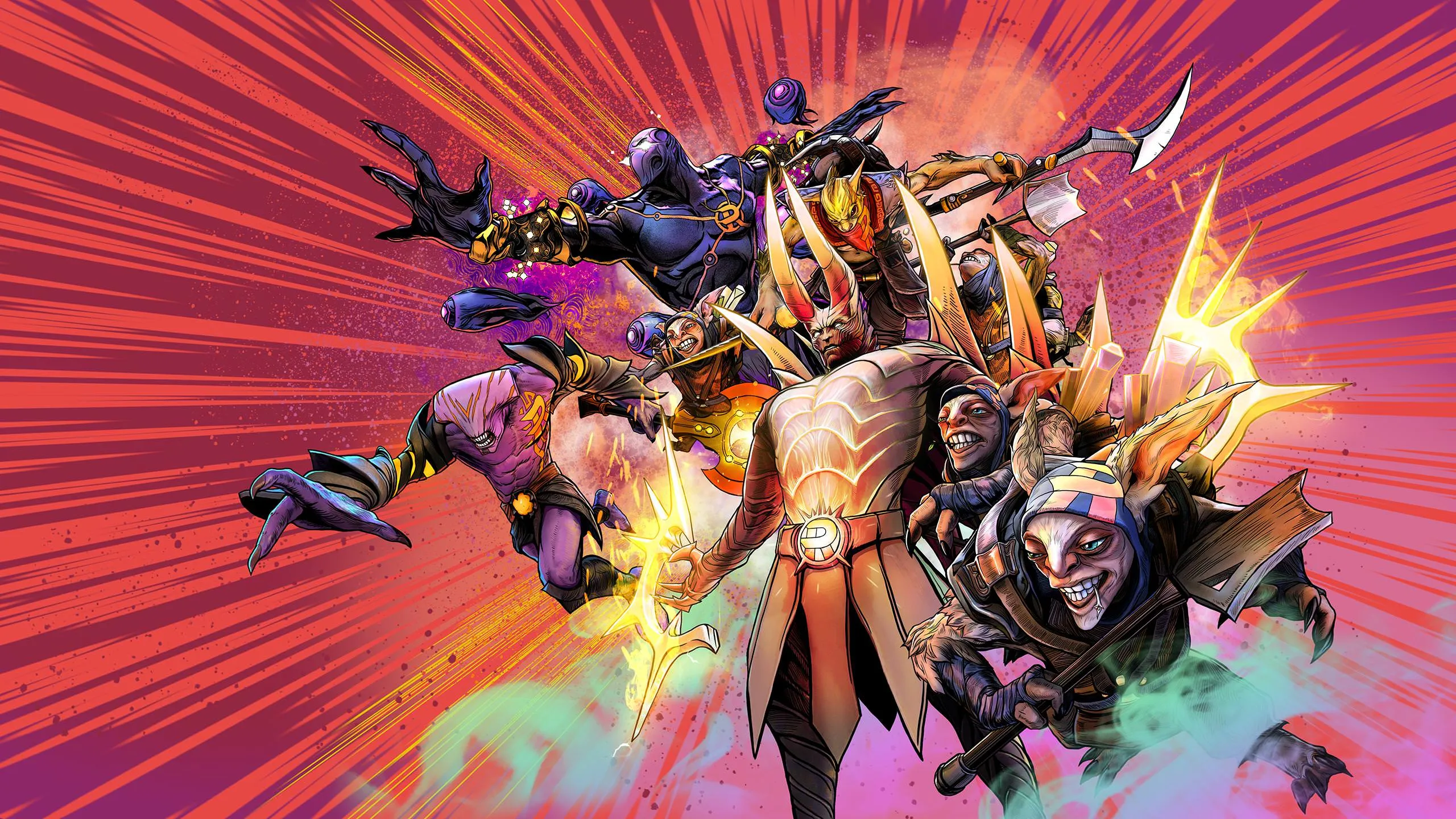The future of esports is determined by the development of technology, changing player preferences and the growing influence of streaming platforms. In 2025, the sector will continue to grow, offering viewers and participants new forms of interaction and more complex competitive disciplines.
Interest in esports disciplines is fueled by the diversity of genres, the high level of tournament organization and the introduction of innovations such as virtual reality. Companies are developing games that meet the needs of professional esports players. In this way, they ensure that the popularity of the discipline grows among a wide audience.
Which games will become popular in esports? Future trends of 2025
The future of esports is unthinkable without innovative games that capture the attention of the masses. The key role is played by genres that have already proven their worth: MOBAs, shooters, strategy games and simulators. Developers strive to adapt their projects to the demands of the audience and thus create spectacular and technically advanced products.
MOBA is the foundation of the eSports ecosystem
The MOBA genre is still an integral part of the new landscape. In 2025, projects in this category will continue to shape the industry and set quality standards for professional disciplines. Tournaments such as the International Championship and the World Championship attract millions of viewers.
Features of MOBAs in 2025:
- Highly entertaining matches. Spectators witness an exciting battle, where every mistake or victory can change the outcome of the match.
- Constant content updates. New heroes, mechanics, and events make the games interesting for the mainstream audience.
- Prize money and sponsors. In 2024 alone, The International’s prize pool was $40 million, indicating a growing investment in the future of esports.
List of changes that made MOBA games more popular:
- Hero balance. Valve and Riot Games pay special attention to maintaining a balance between the characters. Regular updates will address imbalances.
- Updated maps. New maps like Lotus Field in Dota 2 offer unique tactical opportunities for players.
- Improved graphics. By optimizing visual effects, games become more attractive to viewers.
Next-gen shooters: realism and tactics
Shooters from 2025 focus on the combination of realism and unique gameplay mechanics. Games like Valorant, Apex Legends, and Call of Duty: Modern Warfare develop their esports potential through continuous updates and integration with professional leagues.
Special features:
- Unique characters. Valorant adds agents with new abilities, increasing the variety of strategies.
- Team battle modes. Apex Legends offers unique formats like 3v3, making the game interesting for a competitive audience.
- Tactical flexibility. Maps and weapons adapt to different play styles, allowing teams to develop unique approaches.
In 2025, shooters will continue to captivate audiences with improved graphics, sound effects, and augmented reality integration. This allows us to attract both beginners and seasoned professionals.
Card strategies: growing in popularity
Strategic card games are becoming increasingly important in the industry. Hearthstone and Legends of Runeterra continue to attract players with their flexible tactics and in-depth strategy.
Special features:
- Creating unique decks. Players analyze hundreds of cards to form optimal strategies.
- Tactical depth. Every decision has an impact on the outcome of the match, making the matches interesting for viewers.
- Regular updates. New card sets are introduced every 3-4 months, ensuring constant development.
Card strategy games are rooted in their unique approach to gameplay, combining intellectual challenges with competitive elements.
The most promising esports games: the future lies in innovation
 Technological innovation plays a key role in the formation of new disciplines. The future of eSports lies in the introduction of blockchain, artificial intelligence and virtual reality, which are changing the approach to game development.
Technological innovation plays a key role in the formation of new disciplines. The future of eSports lies in the introduction of blockchain, artificial intelligence and virtual reality, which are changing the approach to game development.
Blockchain games: a revolution
Blockchain-based games such as Axie Infinity offer new opportunities for players and developers. This technology makes it possible to create unique assets that players can trade or use in competitive matches. This mechanism makes games more attractive to the eSports audience.
Virtual Reality: a step towards the future of eSports
Virtual reality is changing the way we look at eSports games. Projects such as Beat Saber and Echo Arena are becoming increasingly popular due to their interactivity and innovative elements. In 2025, virtual reality gaming will gain more attention due to improved technology and decreasing hardware costs.
Development of eSports: challenges and perspectives
The eSports industry faces a number of challenges that must be overcome in order to continue to grow. Key issues include monetization, infrastructure development, and creating a safe environment for players.
Investment in development
The eSports industry is attracting significant investment, focused on developing new games, organizing tournaments, and improving streaming platforms for the future. Major companies such as Tencent and Activision Blizzard continue to invest in the development of disciplines, ensuring a high level of quality and accessibility for the audience.
How to deal with issues
Key challenges include combating toxic behavior, cheating, and unfair monetization. Developers are implementing security systems such as anti-cheat software and moderation tools to improve the quality of the eSports experience.
The impact of eSports on the audience: a look into the future
Management is creating a unique community that unites millions of players and viewers. The popularity of tournaments and streaming platforms is strengthening the bonds between participants in the sector:
- Creating a global community. International tournaments such as The International and ESL Pro League attract players from different countries, thus contributing to the creation of a global gaming community. Participants in the tournament share their experiences and contribute to the development of eSports culture.
- The role of streaming. Platforms such as Twitch and YouTube have transformed eSports by making it accessible to a wider audience. Streamers popularize disciplines by demonstrating gameplay sessions and discussing trends.
Results
 The future of eSports is shaped by the rapid development of technology, the growing number of players and the interest in new disciplines. The industry continues to grow, combining the creativity of developers with the passion of the audience. Gender is an integral part of culture and influences the lives of millions of people around the world. In 2025, the program will continue its momentum and create new opportunities for participants and spectators.
The future of eSports is shaped by the rapid development of technology, the growing number of players and the interest in new disciplines. The industry continues to grow, combining the creativity of developers with the passion of the audience. Gender is an integral part of culture and influences the lives of millions of people around the world. In 2025, the program will continue its momentum and create new opportunities for participants and spectators.
 en
en  de
de  ar
ar  es
es  nl
nl  hi
hi  fr
fr  it
it  pt
pt  el
el 










